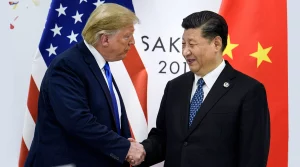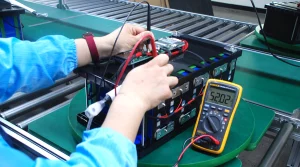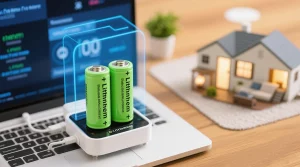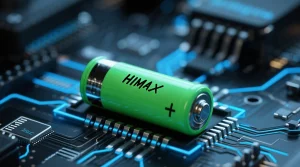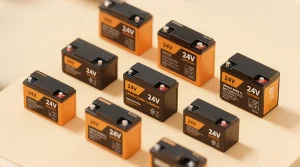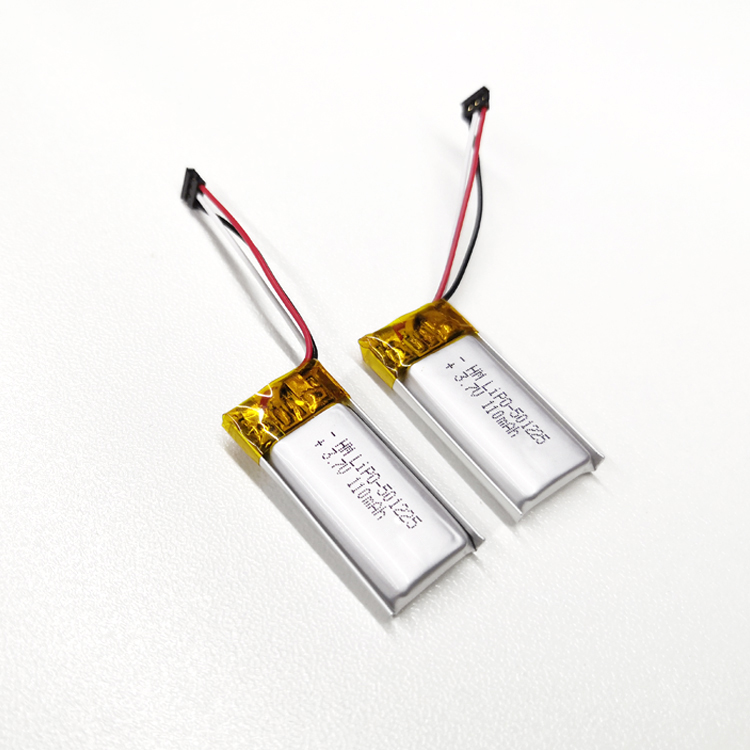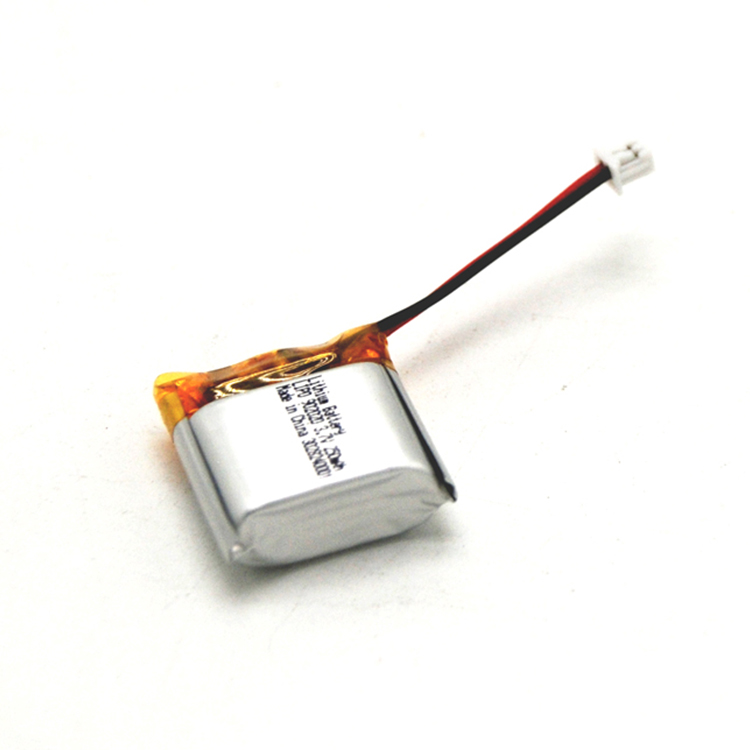In 2025, US lithium-ion battery buyers face an unprecedented challenge: a sweeping 145% tariff on cells imported from China. As solar installers, EV manufacturers, and data-center operators wrestle with skyrocketing costs, finding reliable, cost-effective sources has never been more critical. This post will guide US procurement teams through the new tariff landscape, explore sourcing alternatives, and explain why—and how—Chinese battery suppliers remain an essential part of any robust procurement strategy.
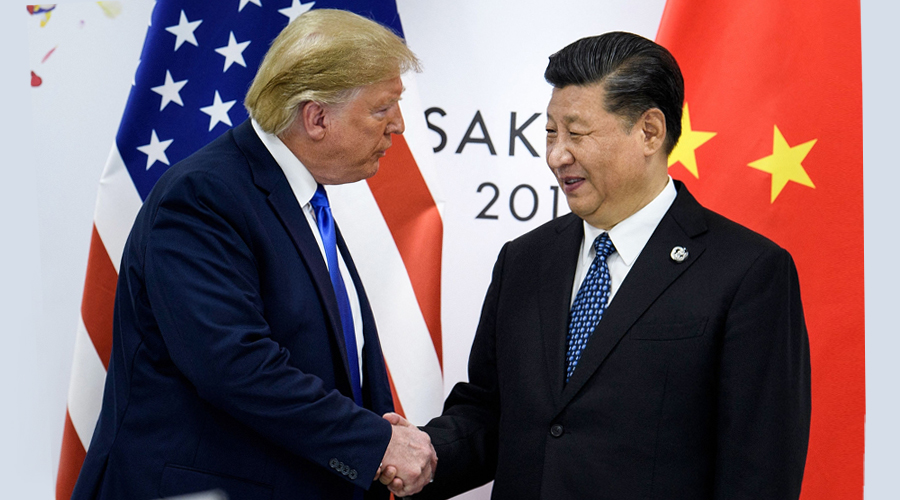
How 145% US Tariffs Are Reshaping Lithium-Ion Procurement
(Note: The 145% rate refers only to the combined additional tariffs and does not include the standard global base duty of 3.4%; when that base rate is factored in, the total effective duty burden is approximately 173%.)
Tariff Timeline & Rates
· Pre-2022: Standard Section 301 tariff at 25% on most Chinese battery imports.
· 2022–2023: Incremental add-on tariffs (up to +20%) tied to environmental and national-security reviews.
· April 2025: Final hike to an effective 145% on ESS (energy-storage system) cells and modules.
Immediate Cost Impact
· Imported Cell Price Jump: Average landed cost of a tier-1 LFP cell soared from $100/kWh to $245/kWh almost overnight.
· Project Delays & Cancellations: Several utility-scale storage projects paused as financial models unraveled.
Strategic Implications
· Domestic Build-out Pressure: Accelerated incentives for US cell manufacturing, but domestic capacity still under 30% of demand.
· Supply-chain Diversification: Buyers scrambling to evaluate non-Chinese sources, despite traditionally higher price tags.
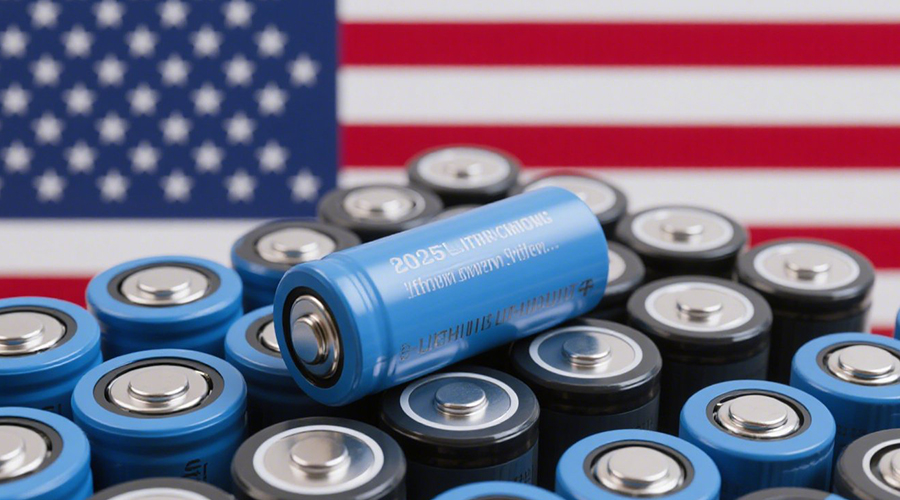
Where Should US Buyers Source Lithium-Ion Cells in 2025?
Diversification is key. Below is a high-level comparison of leading supply regions:
| Region | Annual Export Volume(metric tons) | Avg. Cell Cost(USD/kWh) | Tariff Rate | Geopolitical Risk |
| China | 678,000 | 100 | 145% | Low–Medium |
| South Korea | 58,000 | 130 | 25% | Low |
| Japan | 40,000 | 135 | 25% | Low |
| Europe | 25,000 | 145 | 0% | Medium |
| USA (Domestic) | 20,000 | 160 | 0% | Low |
All numbers indicative. Volume data: industry reports; cost estimates: landed, pack-ready.
Key Takeaways
- China remains unrivaled on scale and price—even post-tariff, delivered costs often undercut other regions.
- South Korea & Japan offer high performance and stable supply but carry a premium of $30–$35/kWh.
- Europe & USA attract zero tariffs but are still ramping up cell-gigafactory capacity; costs remain 40–60% above Chinese levels.
Why Chinese Manufacturers Still Offer the Best Cost & Quality
China’s advantage isn’t just low labor costs—it’s a fully integrated ecosystem backed by massive scale and R&D.
| Factor | China | South Korea | Japan |
| Annual Production | 678,000 t | 58,000 t | 40,000 t |
| Vertical Integration | High (refining → cathode → cell) | Medium (relies on third-party) | Medium |
| R&D Spend (2024) | $5.2 billion | $1.8 billion | $1.5 billion |
| Avg. Cost ($/kWh) | 100 | 130 | 135 |
· Scale & Integration: China’s capacity dwarfing competitors enables aggressive volume discounts.
· R&D & Innovation: Government and private investment pushing next-gen LFP, solid-state prototypes, and manufacturing automation.
· Quality Control: Mature QA systems and third-party certifications (CE, RoHS, UL, IEC 62619) ensure product consistency.
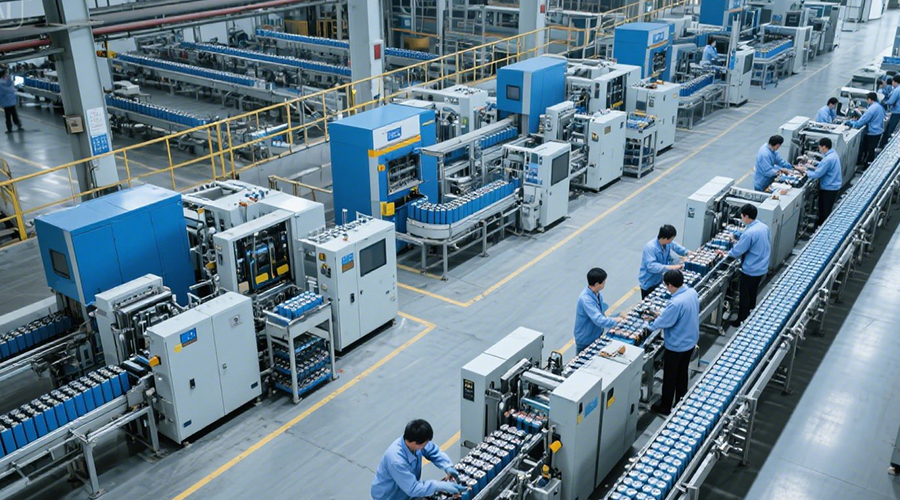
Best Practices for Partnering with Chinese Suppliers
- Ensure Compliance & Certification
O Verify third-party test reports for CE, UL, and IEC 62619.
O Request batch-level traceability and periodic factory audits.
- Optimize Logistics & Risk Management
O Leverage duty-drawback programs and explore Section 301 exclusion petitions.
O Structure Incoterms (e.g., DDP vs. FOB) to balance cost and control.
O Hedge currency exposure via forward contracts.
- Build Strong, Long-Term Partnerships
O Start with pilot orders and sample validations before scaling volumes.
O Negotiate multi-year contracts for price stability and priority production slots.
O Maintain regular performance reviews and joint roadmap sessions.
FAQ: Common Questions from US Battery Buyers
Q1: How can I apply for a Section 301 tariff exclusion?
· File via the US Trade Representative’s portal, providing detailed HS codes, supplier info, and justification. Exclusion grants can reduce tariffs by up to 100% for approved product lines.
Q2: What’s the best way to verify Chinese factory quality?
· Engage reputable third-party audit firms (e.g., TÜV, Intertek).
· Conduct on-site inspections or partner with local agents.
Q3: Are there any alternative chemistries less affected by tariffs?
· LFP (Lithium Iron Phosphate) often has separate HTS codes with lower tariff rates—worth exploring with your customs broker.
Conclusion & Call to Action
While 145% tariffs have disrupted traditional imports, savvy US buyers can still leverage China’s cost and innovation edge by diversifying sources, negotiating tariff reliefs, and cementing strong partnerships. At Himax Battery, we specialize in tailored bulk procurement solutions—offering certified LiFePO₄, NMC, and advanced battery packs with flexible MOQ and competitive pricing.
Contact us today for a free consultation and sample order to future-proof your energy projects.

